London’s markets are a reflection of the history of a city that has been trading for more than two millennia. From Roman settlements to contemporary foodie paradises, these vibrant spaces reflect the capital’s entrepreneurial vigor and multicultural pulse.
Whether scouring vintage bargains, tasting international food, or immersing oneself in the ambiance, London’s markets provide experiences that plain shops just can’t compete with. Following is a list of 16 London markets that should find a place in every traveler’s plans, each contributing its unique character to the city’s rich trading history.
Portobello Road Market

Portobello Road Market stretches for over a mile through Notting Hill, making it one of the world’s largest antique markets. Saturday mornings transform this street into a treasure hunter’s paradise, where Victorian trinkets sit next to 1960s vinyl records and everything in between.
The colorful houses provide the perfect backdrop for finding that one unique piece nobody knew they needed.
Covent Garden Market
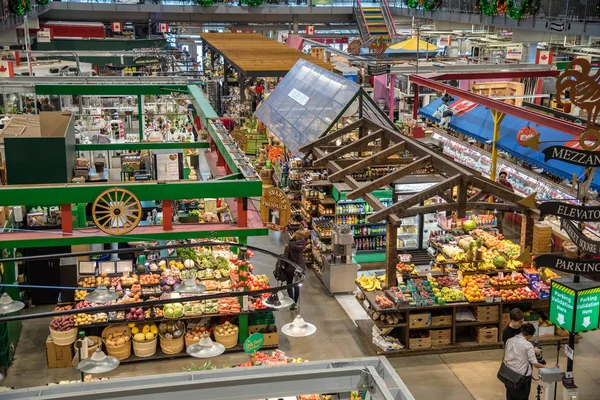
Covent Garden Market occupies one of London’s most beautiful covered spaces, where street performers entertain shoppers browsing handmade crafts and artisan goods. The former fruit and vegetable market now showcases local designers, vintage finds, and specialty foods in a setting that feels both historic and thoroughly modern.
The surrounding restaurants and pubs make it perfect for combining shopping with a leisurely meal.
Like Travel Pug’s content? Follow us on MSN.
Brick Lane Market
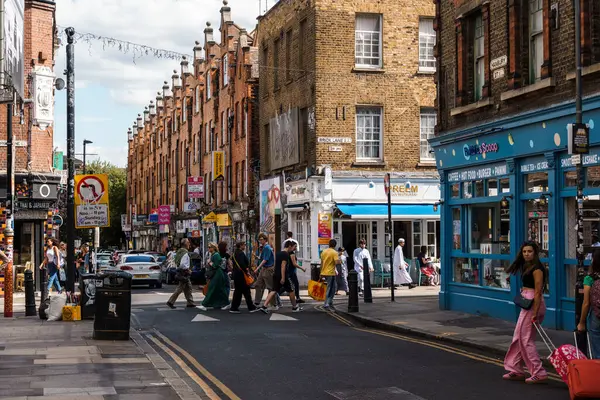
Brick Lane Market reflects the area’s rich immigrant history, offering everything from vintage clothing to Bangladeshi street food in a gloriously chaotic mix. Sunday mornings bring crowds hunting for bargains among the eclectic stalls that seem to sell absolutely everything imaginable.
The curry houses and bagel shops add to the sensory experience, creating an atmosphere that’s uniquely East London.
Greenwich Market
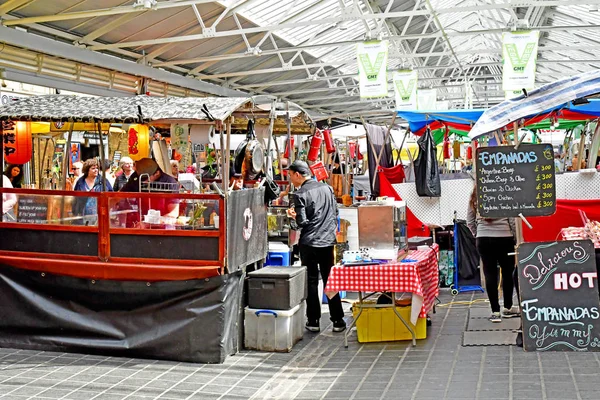
Greenwich Market nestles in the heart of this UNESCO World Heritage Site, combining shopping with some of London’s most impressive architecture. The covered Victorian market houses independent artisans, vintage dealers, and international food stalls, while the surrounding area offers museums, parks, and the famous Royal Observatory.
It’s small enough to explore thoroughly yet packed with enough quality goods to justify the journey southeast.
Leadenhall Market
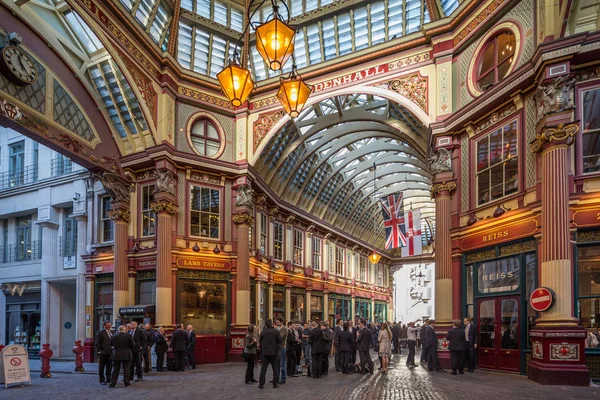
Leadenhall Market brings Victorian elegance to the heart of the financial district, with ornate iron and glass architecture that makes grocery shopping feel like a luxury experience. The beautifully preserved buildings house traditional butchers, cheesemongers, and wine merchants alongside modern cafés and restaurants.
Harry Potter fans will recognize it immediately, though the market’s beauty stands on its own merits without any magical assistance.
Like Travel Pug’s content? Follow us on MSN.
Maltby Street Market
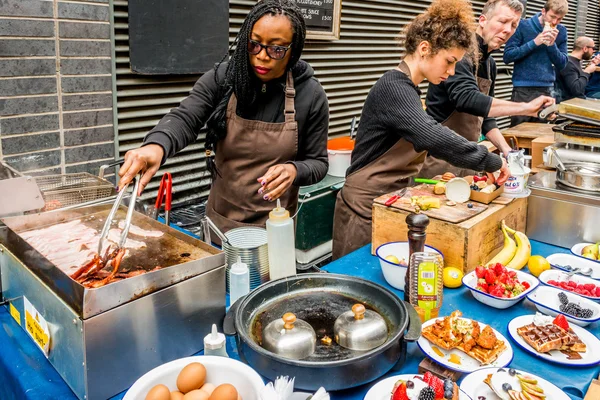
Maltby Street Market operates under railway arches every Saturday, creating an intimate food scene that locals desperately want to keep secret. The small-scale market focuses on quality over quantity, featuring some of London’s most innovative food vendors serving everything from artisan coffee to exotic fusion dishes.
The industrial setting adds character, making it feel like discovering something special that guidebooks haven’t ruined yet.
Smithfield Market

Smithfield Market operates as London’s historic meat market, where butchers have been trading since medieval times in a tradition that continues today. The Victorian buildings come alive in the early morning hours when wholesale buyers arrive to select the finest cuts, creating an atmosphere that’s both gritty and essential to the city’s food supply.
However, following the City’s vote in late 2024, this centuries-old market will close operations by 2028, bringing an end to one of London’s most enduring trading traditions.
Broadway Market
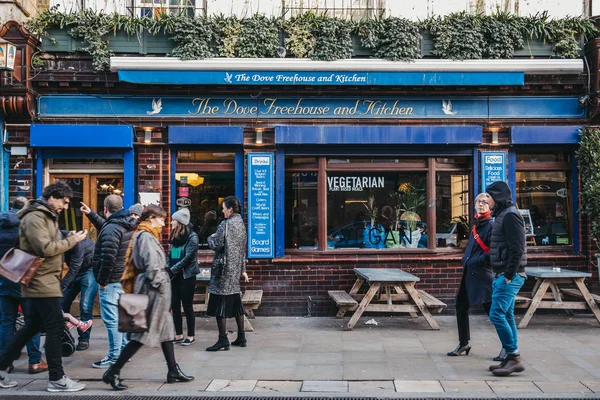
Broadway Market transforms every Saturday into a foodie paradise that perfectly captures East London’s creative spirit. The tree-lined street hosts vendors selling everything from artisan bread to exotic street food, while the surrounding independent shops and cafés create a village-like atmosphere.
It’s where young professionals come to see and be seen, making people-watching almost as entertaining as the shopping itself.
Like Travel Pug’s content? Follow us on MSN.
Petticoat Lane Market
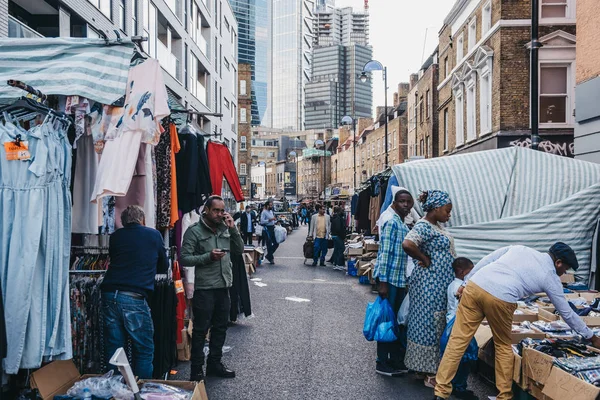
Petticoat Lane Market has been clothing Londoners since the 17th century, making it one of the city’s oldest trading spots. Sunday mornings bring bargain hunters searching through stalls packed with everything from designer knock-offs to genuine vintage finds.
The market’s location near the financial district creates an interesting contrast between ancient trading traditions and modern commerce.
Chapel Market
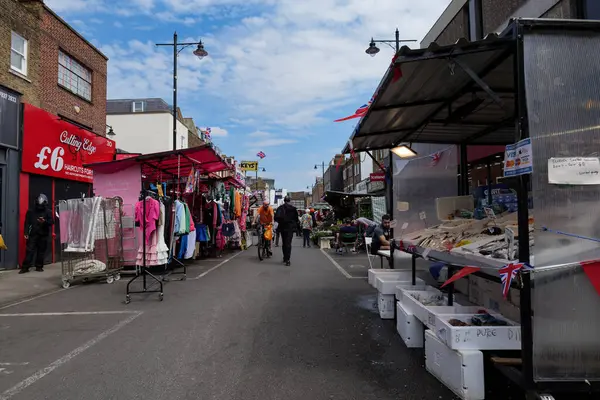
Chapel Market serves the local Islington community with fresh produce, household goods, and international foods that reflect the area’s diverse population. This working market focuses on practical needs rather than tourist attractions, offering a glimpse into how ordinary Londoners shop and live.
The Tuesday, Thursday, Friday, and Saturday schedule makes it a reliable destination for authentic local experiences.
Berwick Street Market
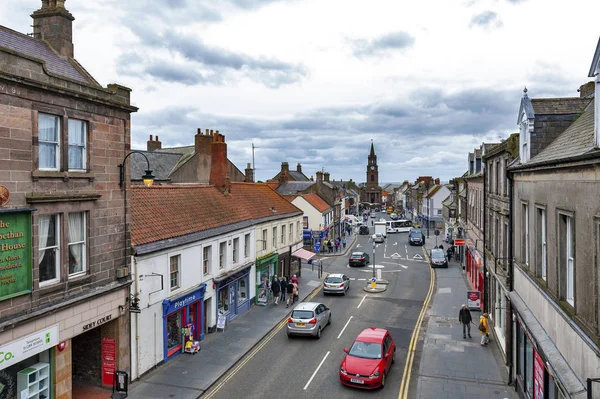
Berwick Street Market brings fresh produce to the heart of Soho, where fruit and vegetable stalls create a splash of color among the area’s famous entertainment venues. This centuries-old market serves both restaurant owners and residents, maintaining its essential role in feeding one of London’s busiest neighborhoods.
The surrounding record shops and cafés make it easy to combine grocery shopping with exploring Soho’s legendary music scene.
Like Travel Pug’s content? Follow us on MSN.
Billingsgate Market

Billingsgate Market operates as London’s historic fish market, where dealers have been trading seafood since medieval times in a tradition that continues at dawn each day. The current location in Docklands opens for wholesale buyers in the early morning hours, typically around 4 AM, as they select the freshest catches for restaurants across the capital.
While primarily a trade market where early morning visitors can witness one of London’s most authentic working environments, this ancient institution is also scheduled for closure around 2028.
Ridley Road Market

Ridley Road Market serves the multicultural Dalston community with an incredible variety of international foods, fabrics, and household goods. The covered market specializes in African and Caribbean products, making it the place to find ingredients and items that won’t be seen anywhere else in London.
It’s a working market that prioritizes community needs over tourist appeal, offering genuine cultural immersion.
Roman Road Market
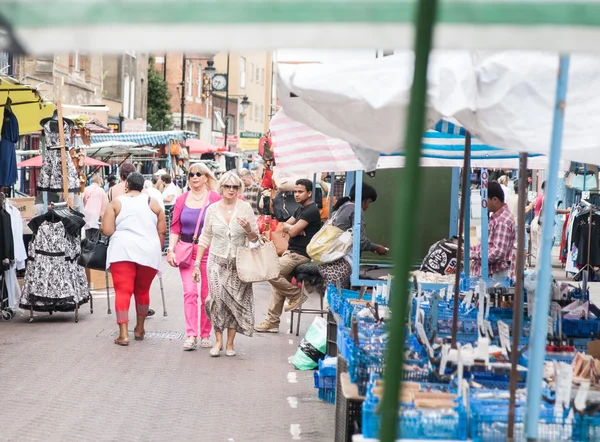
Roman Road Market follows an ancient trading route through East London, where stalls have operated for over a century, serving the local community. Tuesday, Thursday, and Saturday bring vendors selling everything from fresh produce to household items at prices that reflect the area’s working-class heritage.
The market maintains its traditional character despite ongoing gentrification pressures in surrounding areas.
Like Travel Pug’s content? Follow us on MSN.
Whitecross Street Market
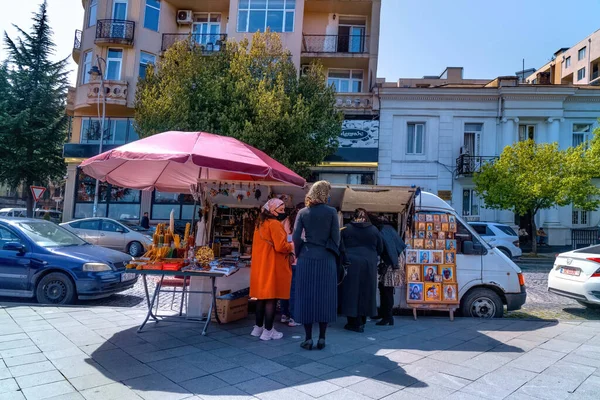
Whitecross Street Market operates near the Barbican, combining traditional market stalls with modern food vendors serving office workers and residents. The Monday through Friday schedule makes it particularly popular during lunch hours, when the diverse food options draw crowds from nearby businesses.
The mix of practical shopping and quality dining creates a market that serves multiple purposes throughout the week.
Queens Market
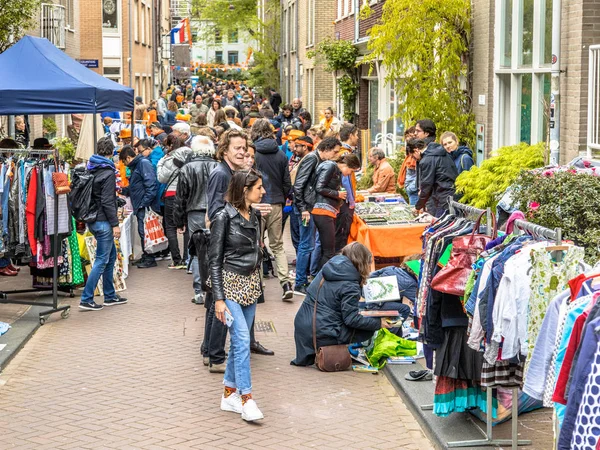
Queens Market in Upton Park showcases London’s incredible cultural diversity through food stalls representing dozens of countries and cuisines. This covered market specializes in ingredients and products from Africa, Asia, and the Caribbean, making it an essential destination for authentic international cooking supplies.
The prices remain refreshingly reasonable, reflecting the market’s role in serving local communities rather than tourists.
Where Commerce Meets Culture
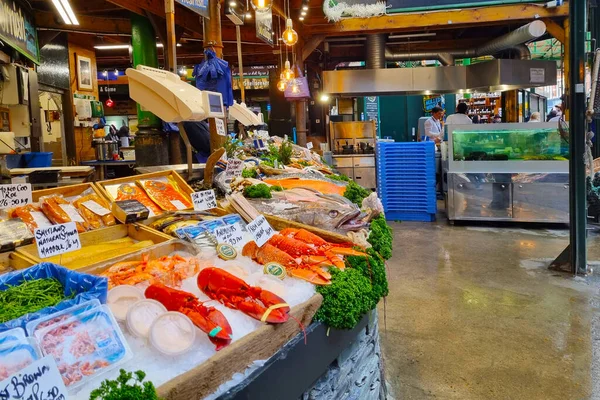
These markets represent more than just shopping destinations — they’re living museums of London’s commercial evolution. From medieval meat trading at Smithfield to contemporary food innovation at Maltby Street, each market tells part of the larger story about how this city has fed, clothed, and entertained its residents across the centuries.
The survival and continued popularity of these markets prove that, despite online shopping and chain stores, people still crave the human connections and authentic experiences that only traditional markets can provide. Today’s market vendors carry forward traditions that stretch back to Roman times, ensuring that London’s trading heritage remains as vibrant as ever.
Like Travel Pug’s content? Follow us on MSN.
More from Travel Pug

- 20 Best Beach Towns in the Carolinas
- 13 Destinations Where Tourists Regularly Regret Their Trip
- 20 Things You Actually Get in First Class
- 20 Small Airports With Aviation Museums
- 20 Places in the U.S. That Are Perfect for a Reset Trip
Like Travel Pug’s content? Follow us on MSN.
